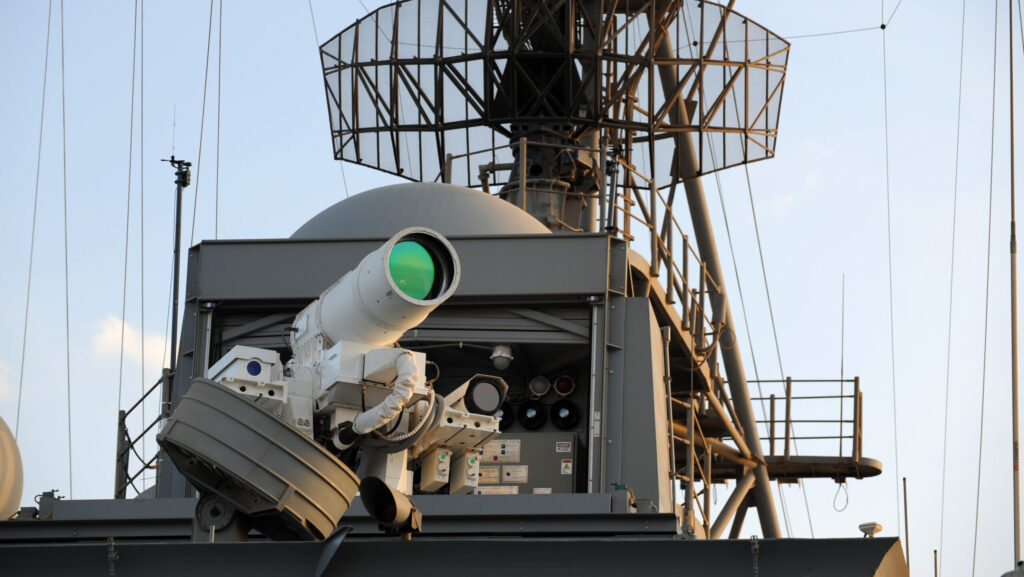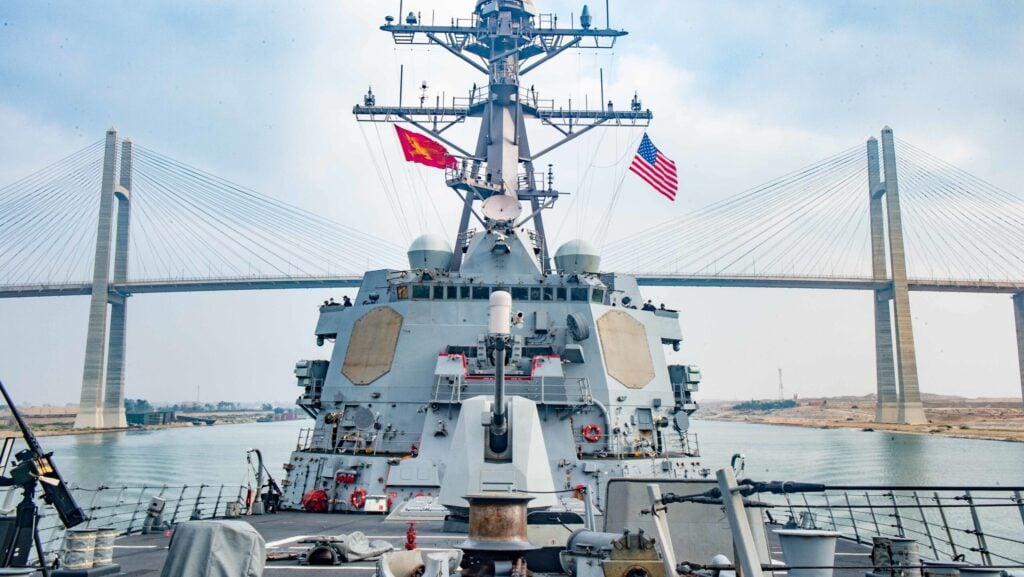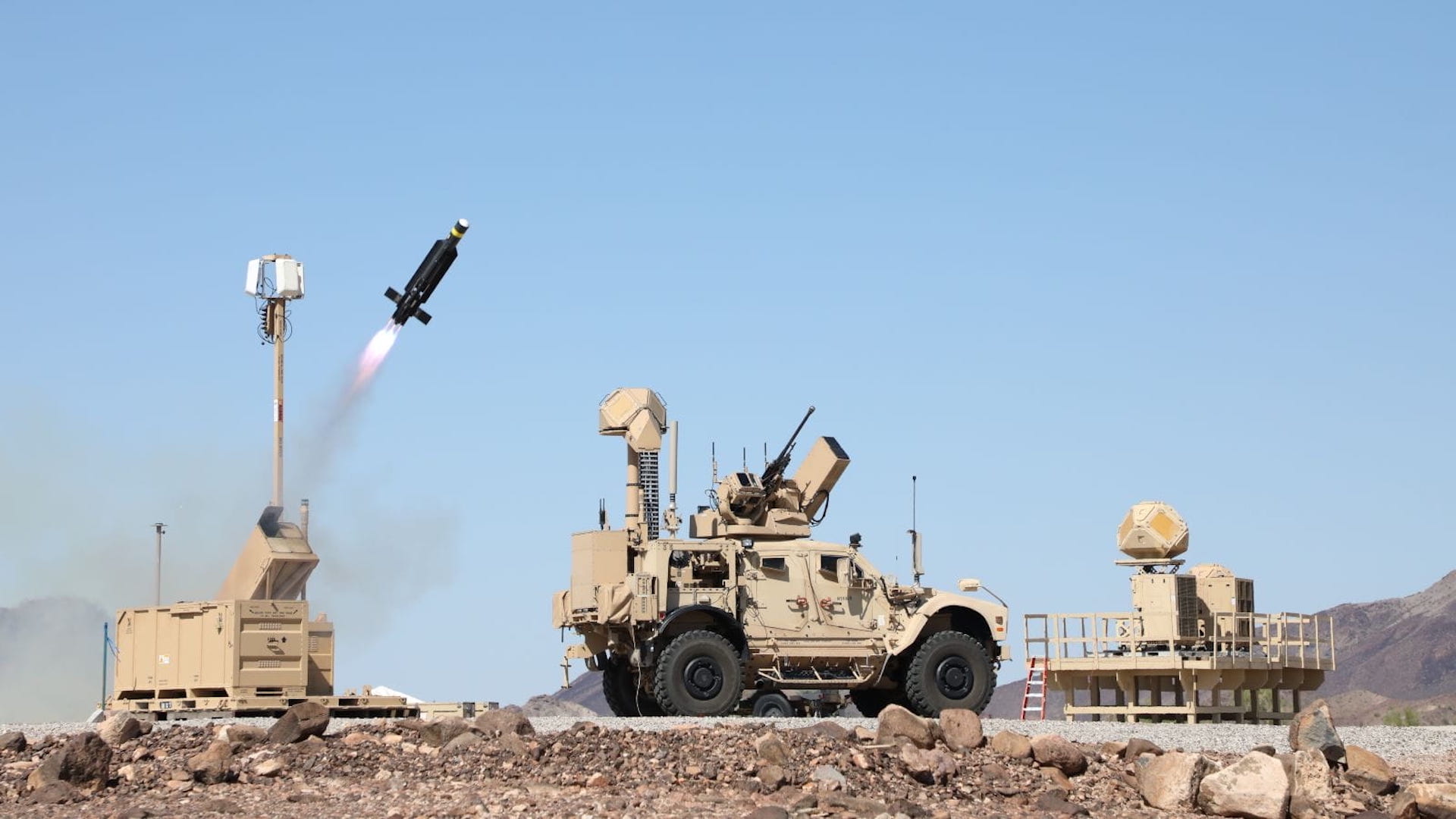FSTO
Army.ca Fixture
- Reaction score
- 5,846
- Points
- 1,210
I guess ours is not the only one that has issues;
https://blog.usni.org/2016/03/30/quartermaster-bloomfield-rules-us-all
My question is to our departments of the federal government reponsible for purchasing stuff; are the rules set forth in our procurement and approval system rules set in such unyielding granite that there is no conceivable way for the government to throw out the current system and replace it with a system that actually works? Or are we so saddled with the mantra "Well this is how it has always been done and we cannot change it" that another way is not possible at all?
https://blog.usni.org/2016/03/30/quartermaster-bloomfield-rules-us-all
My question is to our departments of the federal government reponsible for purchasing stuff; are the rules set forth in our procurement and approval system rules set in such unyielding granite that there is no conceivable way for the government to throw out the current system and replace it with a system that actually works? Or are we so saddled with the mantra "Well this is how it has always been done and we cannot change it" that another way is not possible at all?








